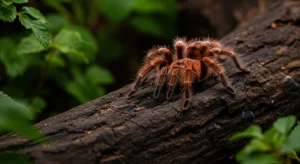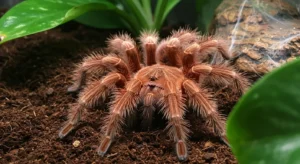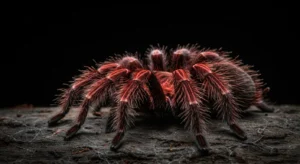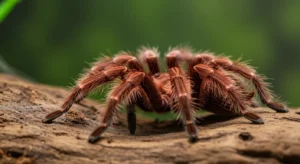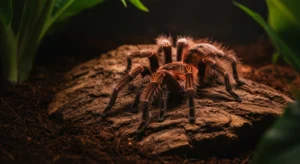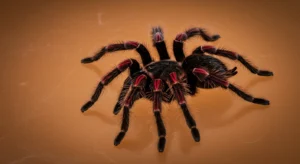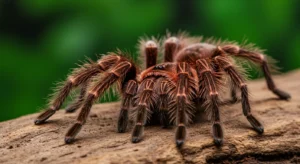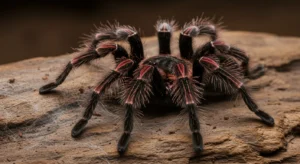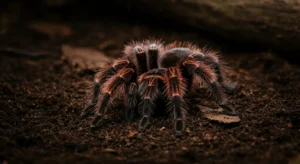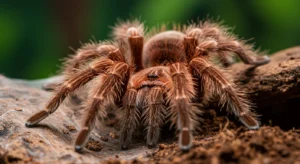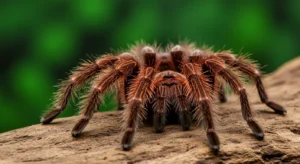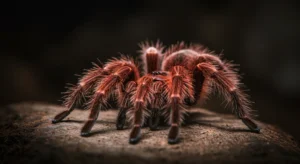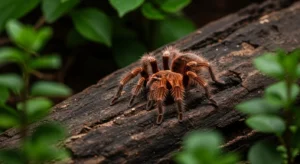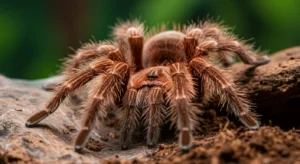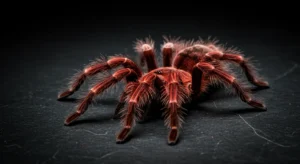Choosing the Right Enclosure Size for Your Growing Chilean Rose Tarantula
Introduction: Growing Pains
Selecting the appropriately sized enclosure is crucial for the health and well-being of your Chilean Rose Tarantula (Grammostola rosea) throughout its life. Unlike mammals, tarantulas grow by molting, shedding their old exoskeleton to reveal a larger one underneath. Their housing needs change significantly from a tiny spiderling to a full-grown adult. Providing the right size enclosure at each stage is vital for security, feeding success, and overall health.
Spiderling (Sling) Stage
Spiderlings are incredibly small, often less than half an inch in leg span. They require tiny enclosures that allow them to easily find their food and feel secure.
- Recommended Size: Small deli cups (8-16 oz) with ventilation holes, small plastic vials, or specialized sling enclosures are ideal.
- Dimensions: Typically around 2-4 inches in diameter and 3-5 inches tall.
- Rationale: A large space can be overwhelming, making it difficult for the sling to hunt small prey like flightless fruit flies or pinhead crickets. A smaller space mimics the confined burrows they inhabit naturally at this stage and helps maintain necessary humidity. The keyword here is finding the correct enclosure size for tarantula sling security.

Juvenile Stage
As the tarantula grows (typically after several molts, reaching around 1.5 – 3 inches leg span), it will need an upgrade. The enclosure should still provide security but offer more room for movement.
- Recommended Size: Small plastic containers (like critter keepers or larger deli containers) or small terrestrial reptile tanks/enclosures.
- Dimensions: Roughly 1-2 gallon capacity, or dimensions around 6″L x 4″W x 5″H to 8″L x 6″W x 6″H. Floor space is more important than height for this terrestrial species.
- Rationale: Allows space for a small hide (like a cork bark piece), a shallow water dish, and adequate substrate depth (2-3 inches) for burrowing, while still being small enough for efficient hunting.
Adult Stage
Adult Chilean Rose Tarantulas (typically 4-6 inches leg span) require their final, permanent enclosure. While they are not overly active, they need enough space to move comfortably and establish their territory.
- Recommended Size: Standard 5-gallon or 10-gallon tanks (used horizontally) are commonly recommended. Specialized acrylic or plastic tarantula enclosures of similar dimensions are also excellent choices.
- Dimensions: A floor space of approximately 12″L x 8″W up to 20″L x 10″W is suitable. Height should be minimized to prevent fall injuries – usually no more than 8-12 inches.
- Rationale: Provides ample room for deep substrate (4+ inches for potential burrowing), a secure hide, a water dish, and some walking space. An excessively large tank offers no benefit and can make prey capture harder. As general tarantula care guidelines suggest, horizontal space is more important than vertical space for terrestrial species.
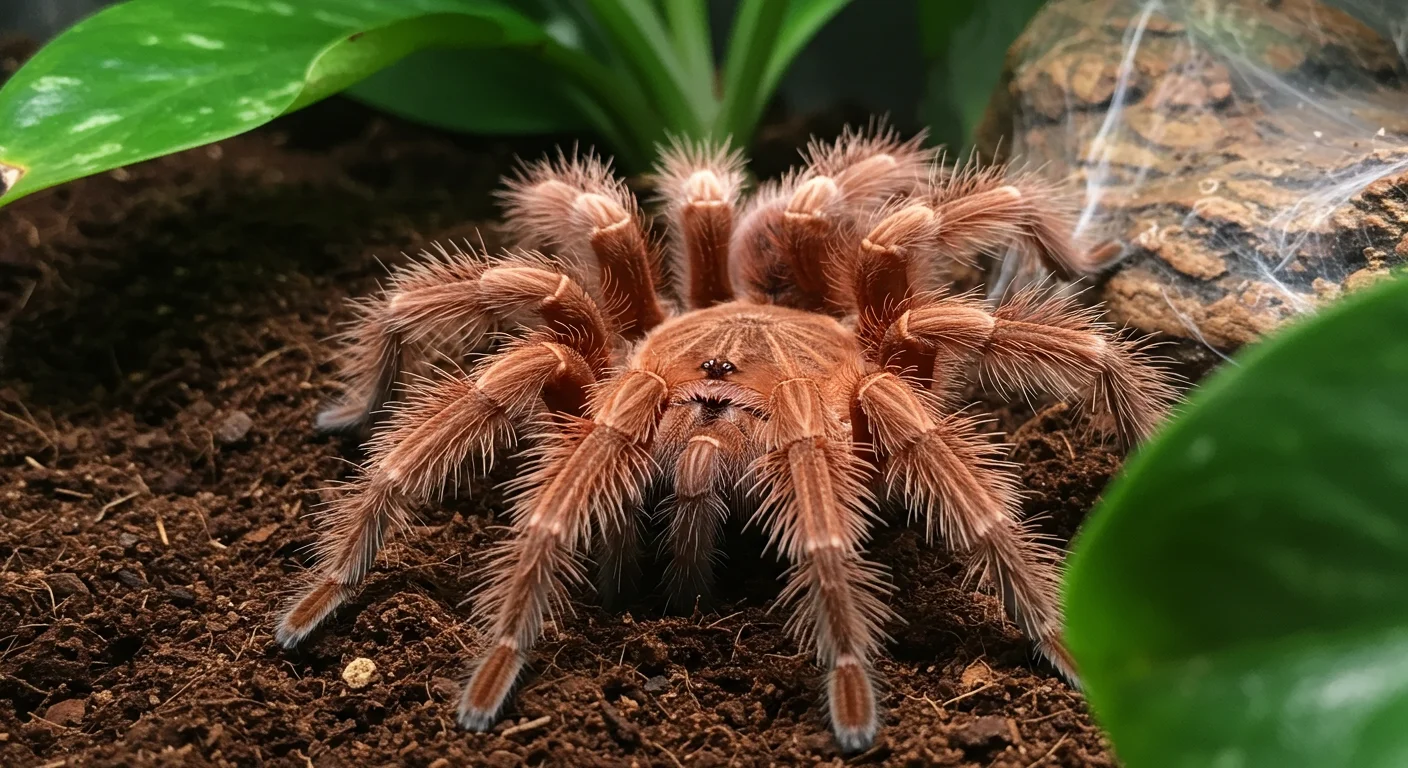
Enclosure Type Considerations
- Material: Plastic or glass are most common. Acrylic offers good visibility but scratches easily.
- Ventilation: Crucial to prevent stagnant air and mold. Cross-ventilation (holes on opposite sides) is ideal.
- Lid Security: Tarantulas can be surprisingly strong climbers. Ensure the lid is escape-proof.
Avoid Tall Enclosures: Chilean Rose Tarantulas are terrestrial (ground-dwelling). Tall enclosures increase the risk of falls, which can be fatal due to their fragile abdomens.
Why Size Matters
Choosing the right size enclosure at each stage directly impacts your tarantula’s well-being:
- Security: Too large an enclosure can cause stress.
- Feeding: Appropriate size ensures prey is easily found.
- Humidity Control: Easier to manage in suitably sized containers, especially for slings.
- Monitoring: Easier to observe the tarantula and spot potential issues.
By providing appropriately sized housing as your Chilean Rose Tarantula grows, you contribute significantly to its health, security, and longevity.
Information partly sourced from Wikipedia contributors, “Tarantula,” Wikipedia, The Free Encyclopedia, (accessed [Current Date]).
